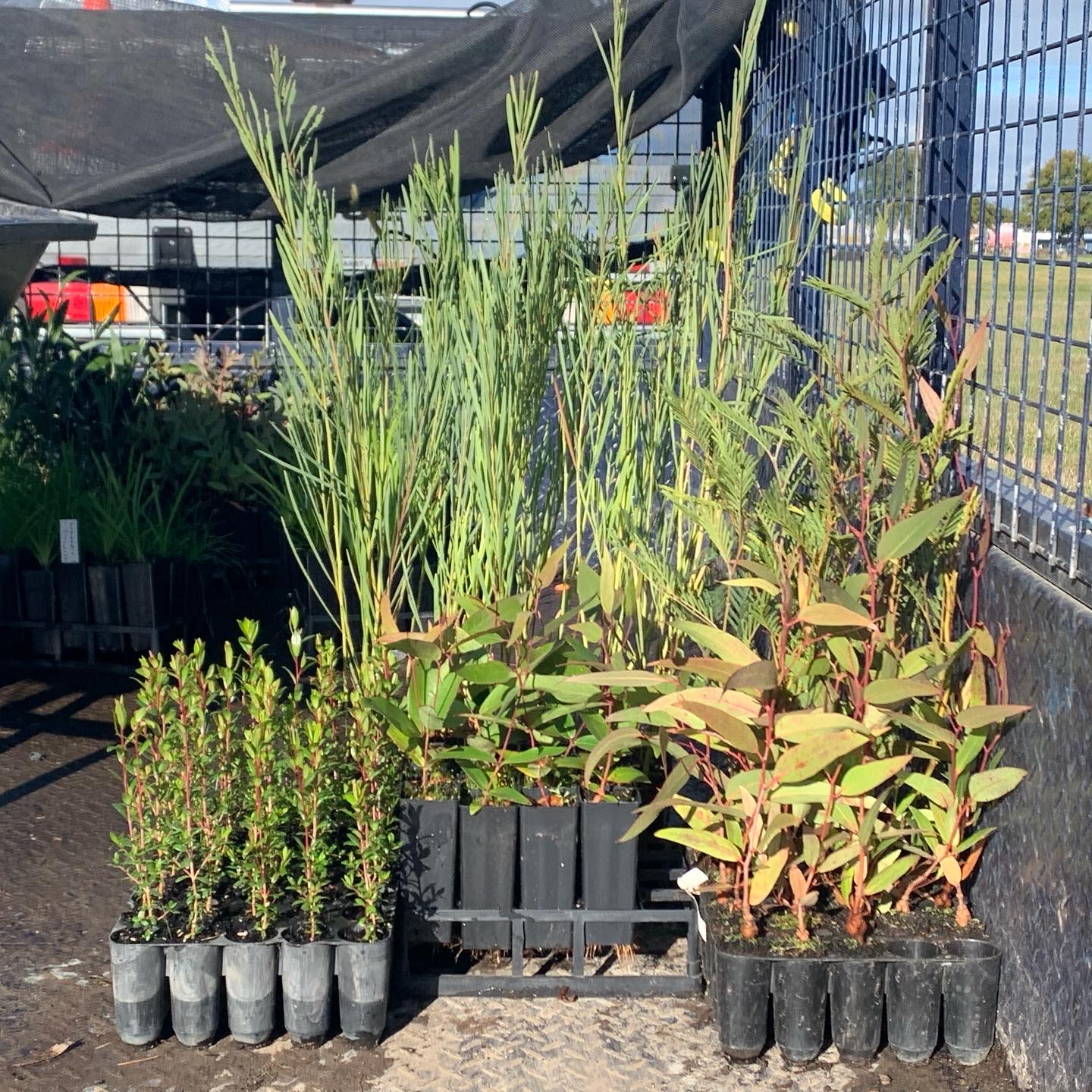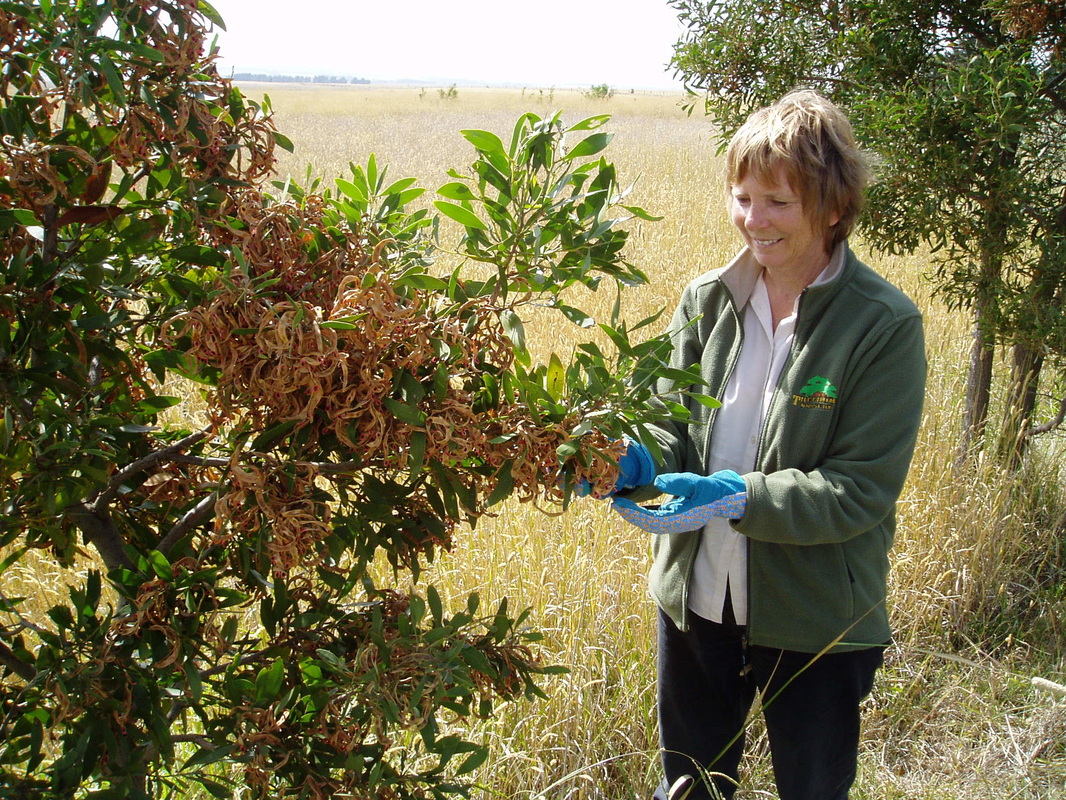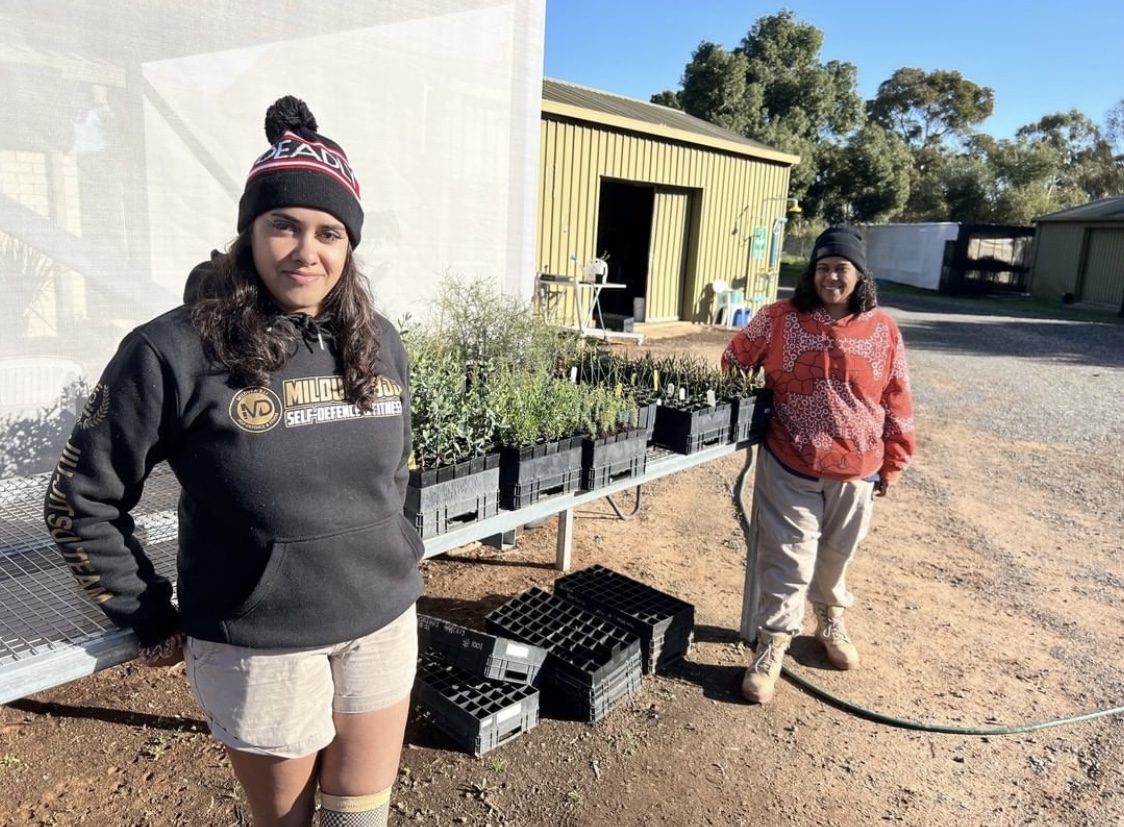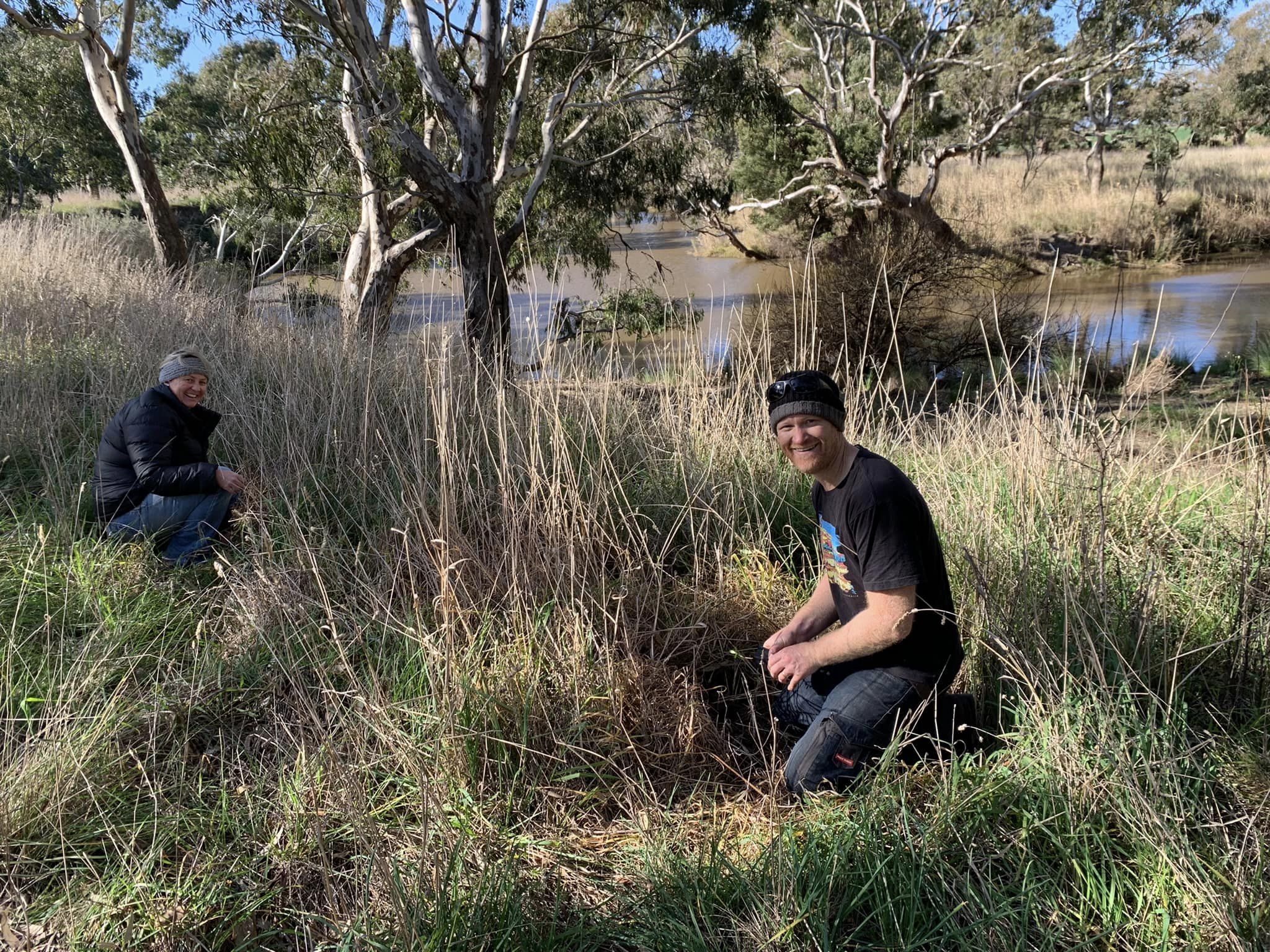Put simply (and straight from the dictionary) indigenous trees occurs naturally in a given geographical area. And just for clarity, endemic trees are those indigenous plants that are limited to a very small geographical area, such as on an island or mountain range. Indigenous plants have adapted to the local conditions over thousands of years. This means that they are suited to the soil type, rainfall and other conditions.
Indigenous plants are natives, but native plants may not be indigenous!
Why plant indigenous trees?
Compared to native plants, indigenous plants have an advantage as they:
- ave the best chance of successful establishment,
- adapt to nutrient poor soils, no need to provide additional fertilisers,
- require very little pest management intervention as they adapt to the grazing and browsing pressures of local wildlife.
- require minimal watering, most are drought tolerant and many require annual drying/wetting cycles,
- are great for soil stabilisation, most are deep rooted,
- create a great habitat and food resources to attract birds, butterflies and other beneficial native pollinating insects and wildlife,
- preserve local biodiversity and retains the local aesthetics,
- reduce the chances of genetic pollution of local flora populations which are often compromised by being restricted to small remnant patches,
- eradicate the potential problem of plants going bush and becoming weeds,
- have interesting forms and attractive flowers and
- help maintain the unique diversity that occurs in local areas.
It is important that the seed collected occurs naturally in a specific region adapted to the environment, soil types, geology, rainfall and other flora and fauna which occurs in that region. Indigenous plants in a revegetation project will be planted near to and in similar environmental conditions as the mother plants. This is important for local wildlife and gives new plants the best chance of survival.

How are seeds collected?
Local nurseries often propagate the plants themselves, collecting seed from heathy plants in the area.
Collecting seeds from native plants requires skill and local knowledge. If you undertakes seed collection, you need to have a responsibility to the local environment. You need to ensure they are collecting seeds without damaging the tree or environs, and leave sufficient seed on the tree for insects, animals and the tree itself. As a rule, collectors do not take more than 10% of the seed present. You will need a permit if collecting on public land and (regardless of private or public land), all collectors are encouraged to follow the Flora Bank Guidelines.
Each species of plant involves different methods of seed collection, storage and planting. For example, wattle seeds need to be collected from ripe seed pods, which will be on the plant months after flowering. The best sign is the seedpods are dry and brown. The seeds are then stored in a refrigerator until needed. Low light, temperate and humidity protect seed longevity.
From there, depending on the species of wattle, pre-germination treatment (to break down the hard impermeable coat of the seed) may involve: soaking the seed in boiling water overnight, rubbing the seed with a piece of sandpaper, slicing the seed with a knife or even microwaving the seed.
Sometimes, if a nursery doesn’t have the time nor expertise, they will purchase seeds from professional collectors or from organisations such as Seeding Victoria in Clunes, VIC.

What size is best for planting?
Where possible, tube-stock or hikos are recommended over larger native plants.
Benefits of planting small seedlings:
- Better root systems with good root training and less likely to suffer from being pot bound as roots can only grow downwards rather than wrap around the inside of a pot as is often the case with larger round pots,
- No need to dig a very large hole and as a result there is much less soil disturbance meaning less chance of weed problems through available nitrogen,
- Root systems develop much better and plants establish much faster than larger pots that often suffer transplant shock,
- Much less time and water to establish plants, just a few weeks for tube stock compared to many months for advanced plants.
When is the best time to plant natives?
It really depends where in Australia you are planting, as it depends upon the climate of the district and the species of plant. We’ve written another blog on this very subject. You can find it here.
Spotlight on a nursery.
In the mallee district of north-west Victoria, The First People of the Millewa Mallee Belar (FPMMAC) nursery have been providing some of our trees for local revegetation projects. The First Peoples of the Millewa-Mallee people have maintained continuous connection to the Traditional Country from the initial period of colonisation up to the present.

By purchasing our plants from these independent nurseries, we support small businesses and local jobs, in mostly rural areas. Species selection is guided by the community group who will choose native and indigenous species in consultation with their local nursery. In the interests of biodiversity and the importance of layers, we do suggest that there is a good mix of trees, shrubs, grasses and ground-covers.
Over time, plants evolve to suit their local conditions and over many generations those that can tolerate the local conditions persist and those that don’t will fail to pass on their genes to subsequent generations. This results in local adaptations within a species increasing the ability for a species to persist in sub-standard conditions such as soil compaction, changes in pH, salinity and water gradients and nutrient levels. Using established nurseries who understand the science behind the plant we can ensure good quality plants are being purchased for our community planting groups.
Ref: Seedling Victoria and Ecobits.
Writer: Colleen Filippa
With a background in Environmental Science, Colleen is the Founding Director of Fifteen Trees. In 2009, after 20 years in primary, secondary and tertiary education institutions, Colleen left the classroom to start the company. Fifteen Trees is a social enterprise assisting individuals and companies to reduce their carbon footprint by supporting community groups such as Landcare, schools and environmental networks.


